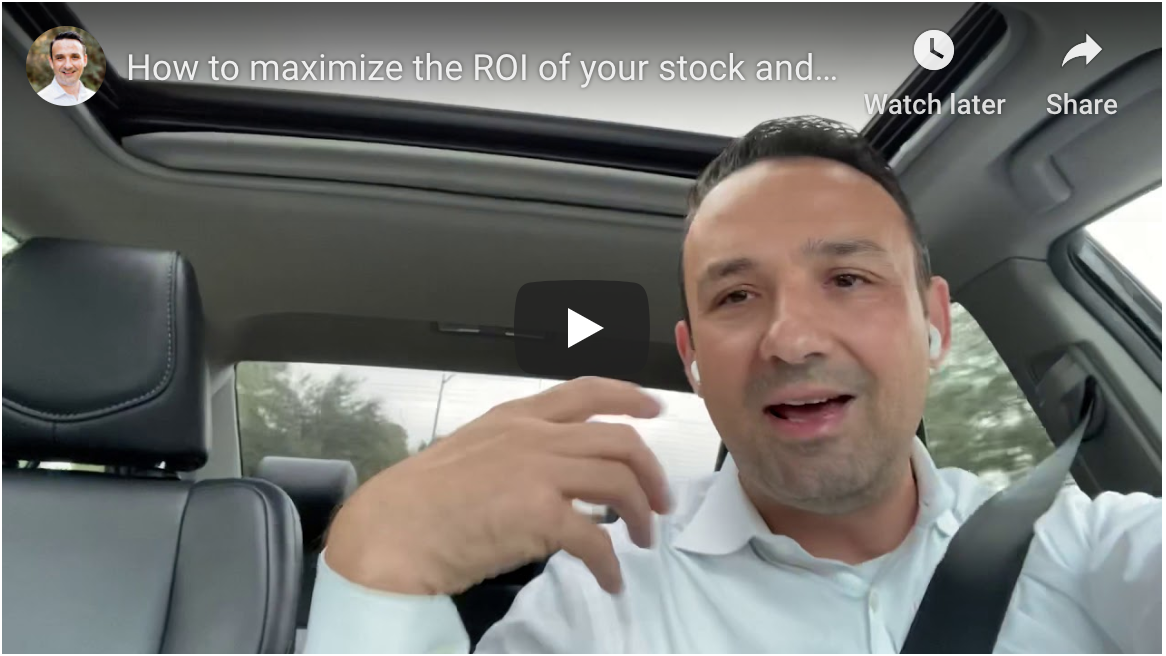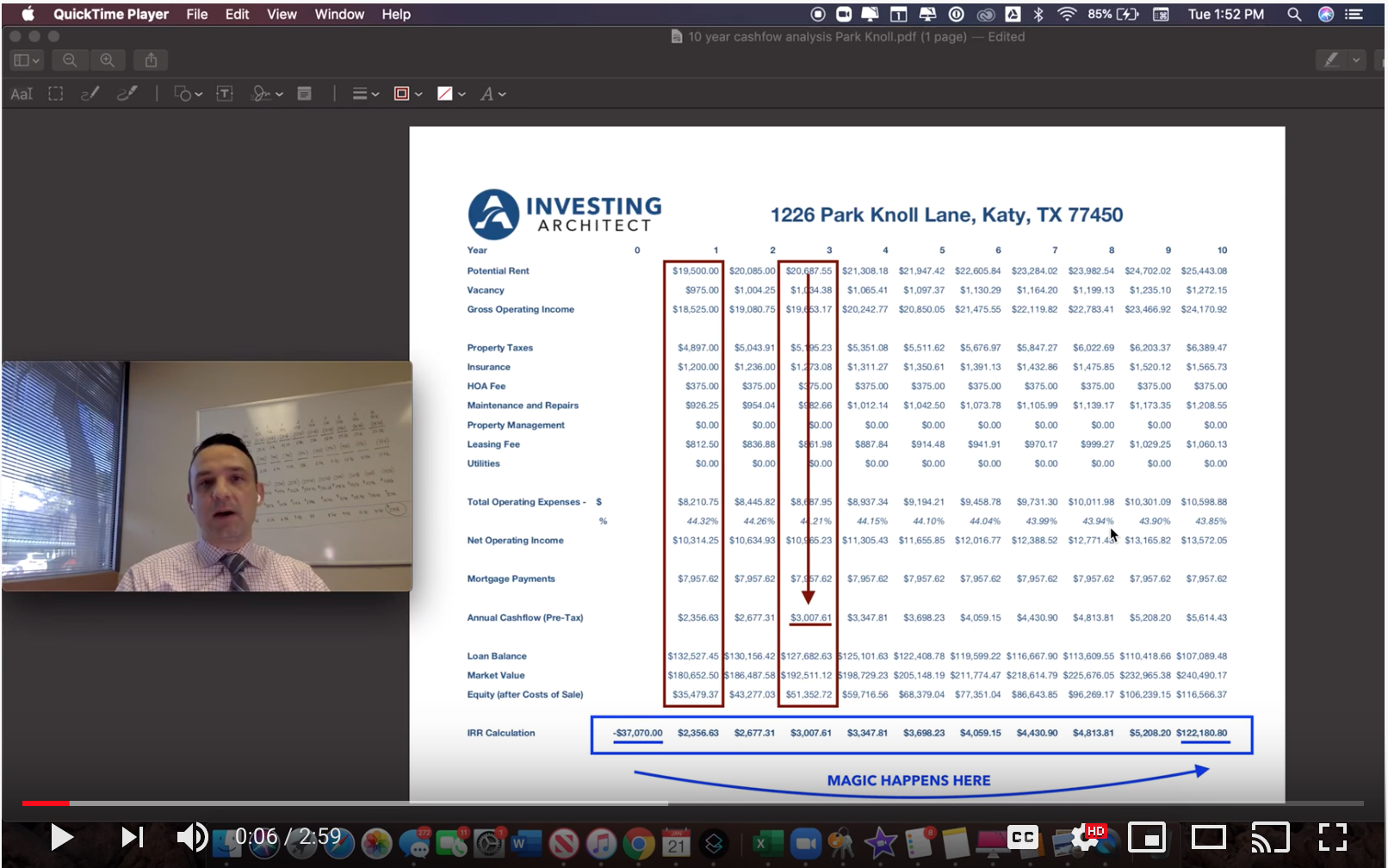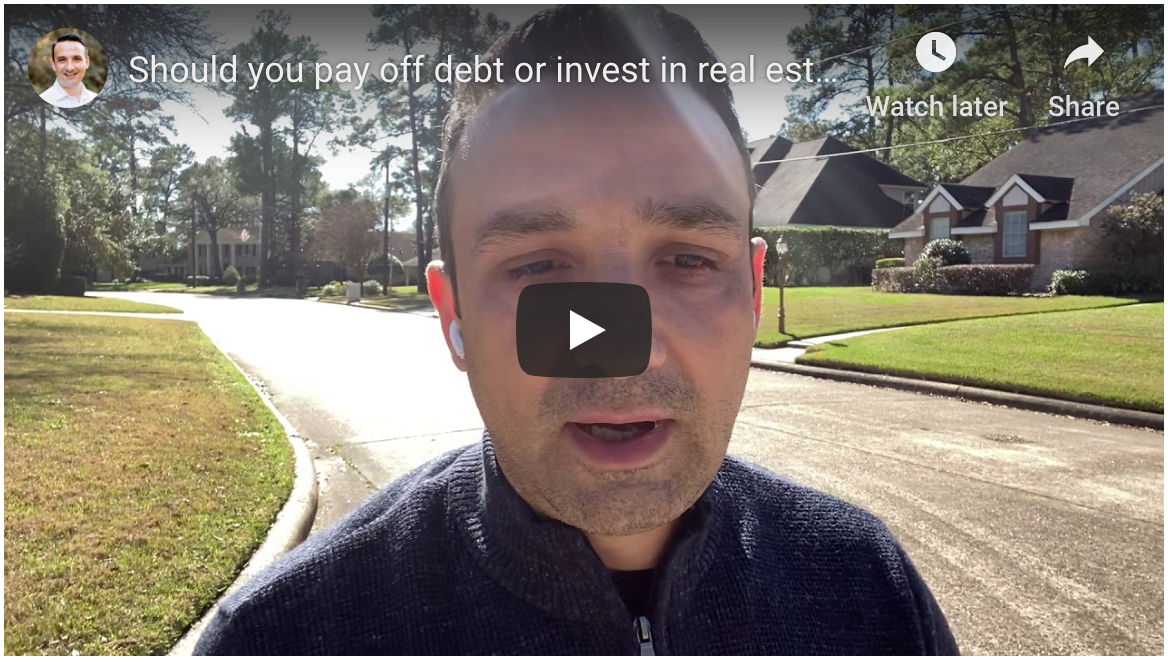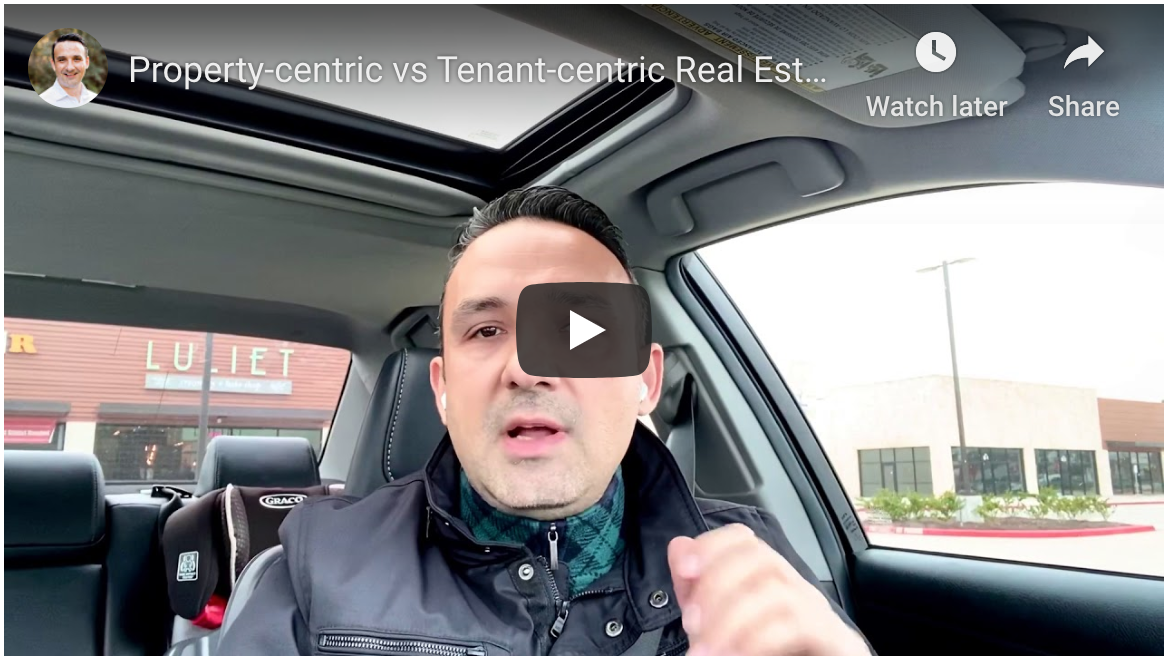The BIG Mistake I See Investors Make When Selecting Out-of-State Real Estate Markets
On one hand, you want to invest in real estate to build a solid portfolio and achieve financial independence. On […]
The BIG Mistake I See Investors Make When Selecting Out-of-State Real Estate Markets Read Post »









